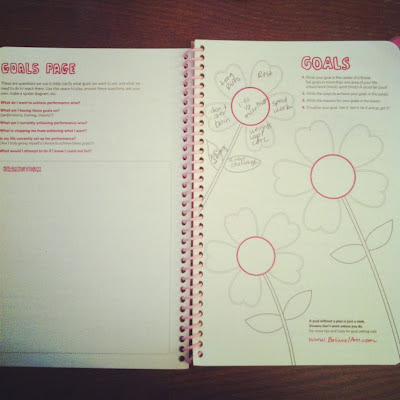Chrissie has two driving forces in her life. One is her
passion for development. The other is that she is a complete and total control
freak. Interestingly, once she gave these two things up, her life took her to extraordinary places.
Chrissie never had aspirations of being a professional
athlete as a child. She was a good swimmer in school but focused her energy
into academics. She took up running in graduate school, unfortunately, as part
of her struggles with eating disorders, both anorexia and bulimia. She has an
honest discussion in the book about what she experienced and how it tore to
pieces the people she loves. With supportive friends and family, she was able
to overcome it.
Out of university, she worked for the British government in
development; specifically, she was on the team that represented Great Britain
in the United Nations. After the UN, she considered applying to law school. But
she put it off in favor of traveling and seeking other, less bureaucratic
development opportunities. During her travels, she serendipitously entered into some
races, and ended placing fairly well without training. During this time, she
also developed into an endurance cyclist, biking all over Nepal.
Then she did a really brave thing. She gave up a promising
between-the-lines sort of career in development or as a lawyer to pursue a career as an athlete. And suddenly, she was on a professional team of triathletes
being coached by Brett, a crazy, bipolar, and usually asshole of a guy. And
she’s been cleaning up at Ironman triathalons ever since, winning Kona –
the world championship – the first time she raced it. An Ironman triathalon covers 140.6 miles – a 2.4 mile swim, 112 mile bike ride, and a 26.2 mile run.
She attributes her early success to Coach Brett. Unorthodox in methods, Brett requires total submission from his athletes. The book chronicles Chrissie's struggles with handing training decisions to another person whose methods seemed incomprehensible. After her second win in Kona, she and Brett split.
.jpg) |
| Chrissie Wellington racing in Kona in 2008 By Dontworry (Own work), via Wikimedia Commons |
Another honest moment in the book is her discussion of
shitting and pissing during races. Apparently much shitting happens in the
water prior to the swim, the first event in a triathalon. But shitting can
happen at any time. On the bike, pissing can be used as a weapon if another
athlete tries to draft off of you. And, my favorite, when she took a dump in
some bushes on the side of the road, with NBC’s cameras focused on her during
her astonishing victory in her first Kona championship.
Shitting and pissing aside, a couple of tips in the book gave me comfort/ideas about my
own training.
First, Chrissie does a lot of treadmill sessions. I have
been doing a lot of work on the treadmill, usually 2 out of my 4-5 runs per
week. I have been worried about how valuable those sessions are compared to if
I had done them out on the road or track. Chrissie’s former coach, Brett, has
been known to make his athletes run entire marathons on a treadmill positioned
in a dank, windowless basement. No music, no TV.
Second, she gives some tips about how she stays tough
mentally during grueling races. Chrissie keeps a library of
positive images in her mind. The faces of people she loves, funny things, other
images and words that give her inspiration. And then she flips through those
images when she is in the hurt locker.
I tried this during a recent speed workout, and I didn’t
have enough images in my library yet. Also, I couldn’t hold onto an image for
more than what seemed like half a second. So I just started flipping through
faces of people I knew…which was not very inspiring. I have to work on this
one!
Would I be friends with Chrissie? Absolutely, she shines
through as a genuinely nice person. She’s honest and thoughtful. Her friends
and family are most important in her extraordinary life. Call me Chrissie! :)
LR#2
Kristen











.JPG)




.JPG)






